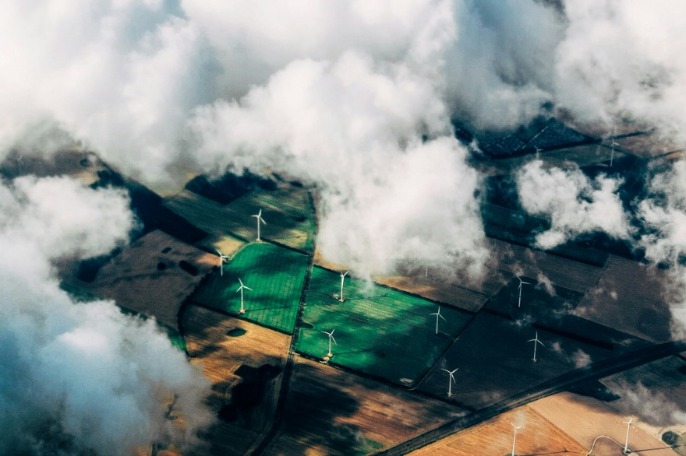The UK Government Sets Out Plan to Reach Clean Power by 2030
In July of 2024, the Labour government won a landslide general election. Among their many promises, they pledged to “make Britain a clean energy superpower…with cheaper, zero-carbon electricity by 2030”. Central to their vision is the commitment to make Britain a clean energy superpower, aiming for cheaper, zero-carbon electricity by 2030.
This week, on 13th December, Energy Secretary Ed Miliband unveiled Labour’s clean power 2030 action plan to the public, detailing the pathway to achieving 100% clean electricity within the next six years.

Here are some of the key takeaways laid out in the briefing:
Strategic Reforms
The Clean Power 2030 Action Plan introduces comprehensive reforms to modernise the UK's energy infrastructure through grid modernisation, enhanced renewable actions and accelerated planning processes. Through a combination of these changes, renewable energy processes will be more efficient, streamlined and cost-effective.
This will then drive them towards the ultimate goal, that by 2030, unabated fossil fuels would make up less than 5% of power generation, with wind and solar making up around 80%.
This will ultimately help tackle the climate crisis while having the added benefit of bringing down household bills and protecting consumers from soaring fossil fuel prices.
Economic Growth
Implementing these reforms is projected to unlock £40 billion in annual private investment, driving economic growth:
Job Creation: The surge in clean energy projects is expected to generate thousands of skilled jobs nationwide, revitalising industrial regions and fostering economic development.
Affordability: By reducing dependence on fossil fuels, the plan aims to stabilise and lower energy costs for households and businesses, protecting them against price spikes. (1)
Renewables
A large part of the clean power plan hinges around the growth and development of Renewable Energy sources. Key aspects of this include:
Offshore Wind: Which will be the backbone of the 2030 target. There is a commitment to deliver record amounts of new offshore wind capacity.
Onshore Wind and Solar: The development of onshore wind and solar farms will complement offshore projects, contributing to a diversified and resilient energy mix.
Battery Storage: This technology will allow for more flexibility in long-duration energy goals. (2)
Miliband says: “A new era of clean electricity for our country offers a positive vision of Britain’s future with energy security, lower bills, good jobs and climate action. This can only happen with big, bold change and that is why the government is embarking on the most ambitious reforms to our energy system in generations. ”
The Clean Power 2030 Action Plan sets a bold trajectory for the UK, aiming to achieve 100% clean electricity by 2030. Through strategic reforms, substantial investments, and a focus on renewable energy, the plan seeks to deliver economic revitalisation, energy security, and environmental sustainability, positioning Britain as a global leader in clean energy.
Sources:
(1) https://www.gov.uk/government/news/government-sets-out-plan-for-new-era-of-clean-electricity
(2) https://www.carbonbrief.org/analysis-how-the-uk-plans-to-reach-clean-power-by-2030/
